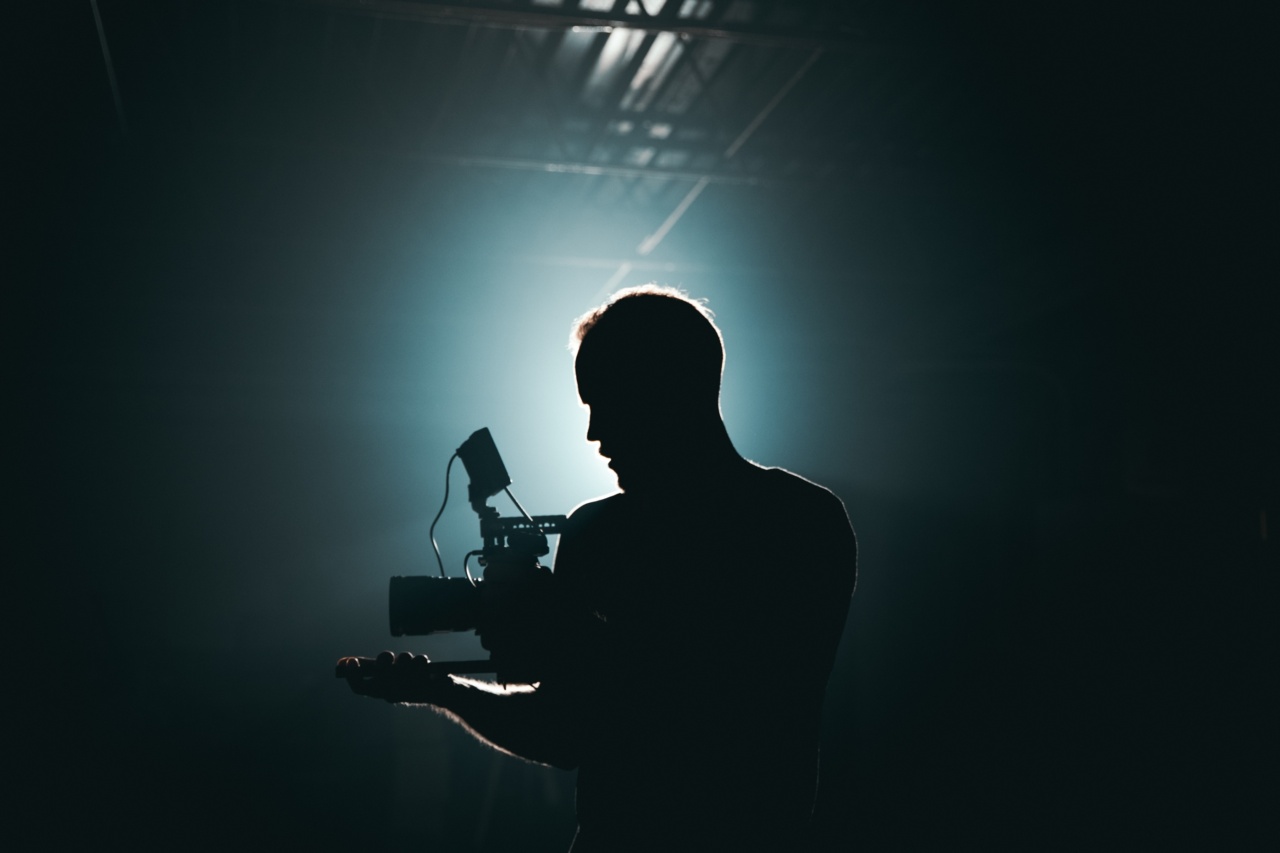Movement learning is a fundamental aspect of human development and plays a crucial role in our daily lives.
From learning to walk and talk as infants to mastering complex athletic movements as adults, the ability to learn and control our movements is essential for our overall functioning. The cognitive mechanisms underlying movement learning have been a topic of interest for researchers, as understanding these processes can help enhance motor skill acquisition and inform rehabilitation practices.
Motor Learning and Cognitive Processes
Motor learning refers to the process of acquiring, refining, and adapting motor skills through practice and repetition.
It involves the interaction between sensory inputs, cognitive processes, and motor outputs, leading to the formation of new neural connections and the consolidation of motor memories. Cognitive processes play a significant role in various stages of motor learning, including perception, attention, memory, planning, and problem-solving.
Perception and Attention
Perception and attention are critical cognitive processes that facilitate movement learning. Perception involves the interpretation of sensory information and the extraction of relevant cues for action.
For example, when learning a new dance routine, individuals need to perceive the movements of the instructor and attend to specific cues, such as body posture, rhythm, and timing. Attention plays a vital role in focusing on relevant information while filtering out distractions, allowing learners to direct their mental resources towards the task at hand.
Sensory-Motor Integration
Sensory-motor integration is another crucial cognitive mechanism in movement learning.
It involves the integration of sensory feedback from the body’s proprioceptive, tactile, and visual systems with motor commands in order to execute precise and accurate movements. For example, when learning to throw a ball, individuals need to coordinate their visual perception of the target with the proprioceptive and tactile sensations associated with their arm and hand movements.
Memory and Motor Skill Consolidation
Memory processes are integral for motor skill acquisition and consolidation. Movement learning involves the formation of both explicit and implicit memories.
Explicit memories refer to conscious, declarative knowledge of the skill, such as knowing the rules and techniques involved in playing tennis. Implicit memories, on the other hand, are non-conscious, procedural memories that enable the execution of skilled movements without conscious awareness.
These memories rely on the basal ganglia and the cerebellum, which are involved in motor coordination and procedural learning.
Motor Planning and Execution
Motor planning and execution involve the cognitive processes of anticipating and organizing movements and translating them into coordinated actions. This includes processes such as motor sequencing, timing, and error correction.
For example, when learning a new yoga pose, individuals need to plan and execute the sequence of movements involved, while continuously monitoring and adjusting their body position to achieve the desired pose.
Internal Models and Error Detection
Internal models are cognitive representations of the relationship between motor commands and their expected sensory consequences. They enable learners to predict and simulate the outcomes of their movements, allowing for error detection and correction.
When learning a new dance step, individuals can rely on their internal models to anticipate how their movements should feel and look, enabling them to detect and correct errors in real-time.
Reward and Motivation
Reward and motivation play an important role in movement learning by influencing cognitive processes such as attention, memory, and decision-making. Positive reinforcement and intrinsic motivation can enhance learning and retention of motor skills.
For instance, receiving praise or experiencing feelings of accomplishment can increase motivation and promote further engagement in the learning process.
Neuroplasticity and Movement Learning
Neuroplasticity refers to the brain’s ability to modify its structure and function in response to experience and learning.
It is a key mechanism underlying movement learning and involves synaptic changes, neuronal growth, and cortical reorganization. As individuals engage in repetitive and intentional practice, new neural connections are formed, strengthening the circuits involved in the specific motor skill.
This neural plasticity is crucial for motor skill acquisition and the refinement of movement patterns.
Developmental Considerations
The cognitive mechanisms behind movement learning can vary across different developmental stages.
Infants and young children rely more on sensory-motor exploration and imitation to learn movements, whereas older children and adults employ higher-order cognitive processes such as attention, memory, and problem-solving. Moreover, cognitive processes related to movement learning continue to develop throughout childhood and adolescence, reflecting the ongoing maturation of the brain.
Implications for Rehabilitation
Understanding the cognitive mechanisms underlying movement learning has important implications for rehabilitation practices.
By targeting specific cognitive processes involved in motor learning, clinicians can optimize rehabilitation programs and facilitate better outcomes for individuals with movement impairments. For example, interventions that focus on attentional strategies, feedback processing, and motor planning can help enhance learning and functional recovery.
Conclusion
Exploring the cognitive mechanisms behind movement learning provides valuable insights into the complex processes involved in acquiring and refining motor skills.
From perception and attention to memory and motor execution, these cognitive processes work in harmony to facilitate efficient and effective movement learning. By understanding and harnessing these mechanisms, we can improve our ability to learn and control movements, ultimately enhancing our performance in various physical activities and promoting overall well-being.































